Choosing the right roof for your historic Tulsa home can preserve its charm and ensure longevity. Tile, slate, and cedar are the top materials used in the city’s older neighborhoods, each with its own strengths and challenges:
- Tile: Popular in the 1920s-30s, especially on Mediterranean and Spanish-style homes. Durable, fire-resistant, and weatherproof, but heavy and costly.
- Slate: A hallmark of wealth during Tulsa’s oil boom, seen on Tudor and Colonial homes. Long-lasting and elegant but expensive and requires structural reinforcement.
- Cedar: Common on Craftsman and Prairie-style homes. Lightweight, natural-looking, and eco-friendly, but requires frequent maintenance in Tulsa’s humid climate.
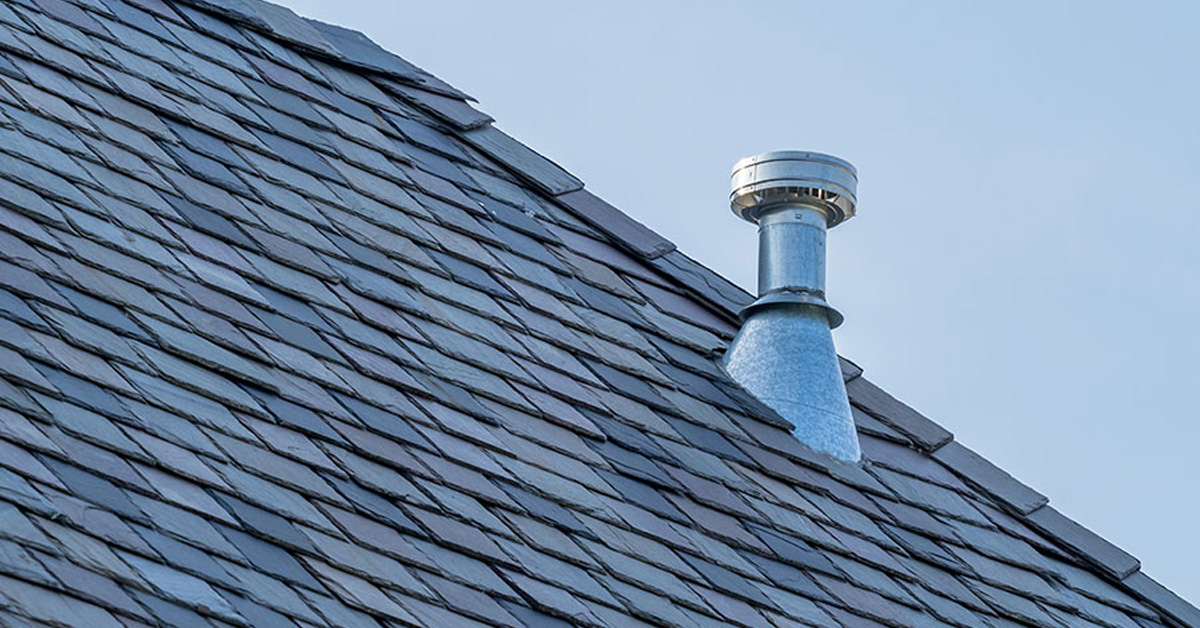
Key Takeaway: Each material offers a unique blend of aesthetics, durability, and upkeep needs. Consider your home’s style, budget, and Tulsa’s climate before making a choice.
100+ Year Roof Options
Tile Roofing in Tulsa’s Historic Homes
Tile roofing has long been a hallmark of Tulsa’s architectural charm, particularly in neighborhoods like Brookside, where these roofs stand as enduring symbols of craftsmanship from the early 20th century.
History of Tile Roofing
The story of tile roofing in Tulsa is deeply intertwined with the city’s economic boom of the 1920s and 1930s. As prosperity soared, homeowners and architects sought to incorporate bold and stylish designs into their projects. This era saw the rise of Mediterranean Revival and Spanish Colonial Revival styles, which brought the iconic red clay tiles into the spotlight as a symbol of sophistication and luxury.
Though often associated with states like California and Florida, these architectural styles found a welcoming home in Oklahoma. Tulsa’s warm climate and flourishing economy encouraged creative expressions in design, including the use of distinctive S-shaped Mission tiles. These tiles added a Mediterranean flair to the city’s residential streets, a feature still visible in areas like the Brady Arts District and along Riverside Drive.
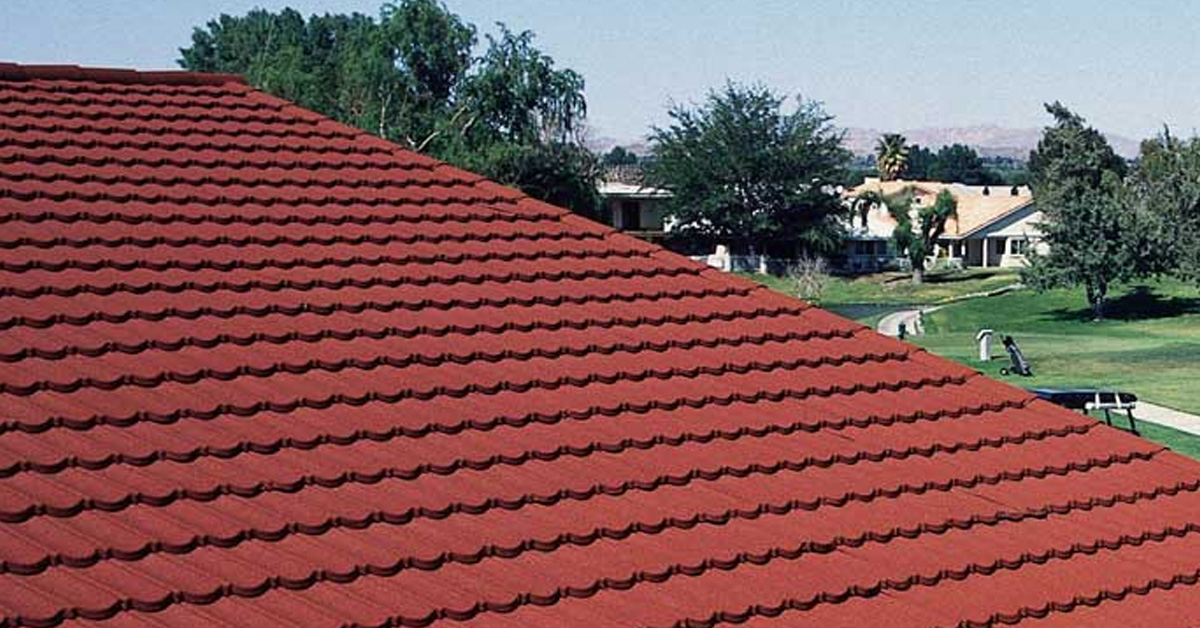
Tile roofing during this period wasn’t just about aesthetics – it reflected Tulsa’s embrace of national design trends during a time of rapid growth. Beyond its beauty, tile roofing also proved to be a practical choice, holding up well against the region’s challenging climate.
Durability and Climate Performance
Tulsa’s weather can be tough on roofs, with its intense heat, heavy thunderstorms, hailstorms, and dramatic temperature shifts. Tile roofing, however, is built to last. Its natural thermal insulation, UV protection, and resistance to impact make it a reliable option. Tile materials like clay and concrete also excel in standing up to fire, high winds, and heavy rains. Their durability even extends to hail and debris, offering homeowners peace of mind.
Maintenance and Restoration Tips
While tile roofing is known for its longevity, regular upkeep is key to preserving its beauty and functionality. Annual professional cleanings and routine inspections can help catch potential issues early. For historic homes, restoration often requires sourcing vintage tiles to match the original design, ensuring the roof maintains its authentic look.
Specialized restoration experts play a vital role in these projects, providing the skills and materials needed to extend the life of these roofs. With proper care, clay tile roofs can last anywhere from 50 to 100 years. This longevity not only makes them a practical investment but also helps preserve the unique architectural heritage that defines Tulsa. By maintaining these roofs, homeowners contribute to safeguarding a piece of the city’s history for future generations.
Slate Roofing in Tulsa’s Historic Homes
Slate roofing stands as a hallmark of Tulsa’s early oil boom era, showcasing both the wealth and the skilled craftsmanship of the time. Beyond its historical significance, slate continues to offer both beauty and durability to the city’s architectural landscape.
History and Appearance of Slate
During the early 20th century, as Tulsa flourished with oil wealth, slate roofing became a symbol of prestige and longevity. It was a choice that reflected the success and meticulous attention to detail of the period’s builders and homeowners. A prime example of this is the Gillette Mansion, a Gothic Tudor gem completed in 1921 for oil magnate J. M. Gillette. This architectural marvel embodies the ambition and elegance of the era.
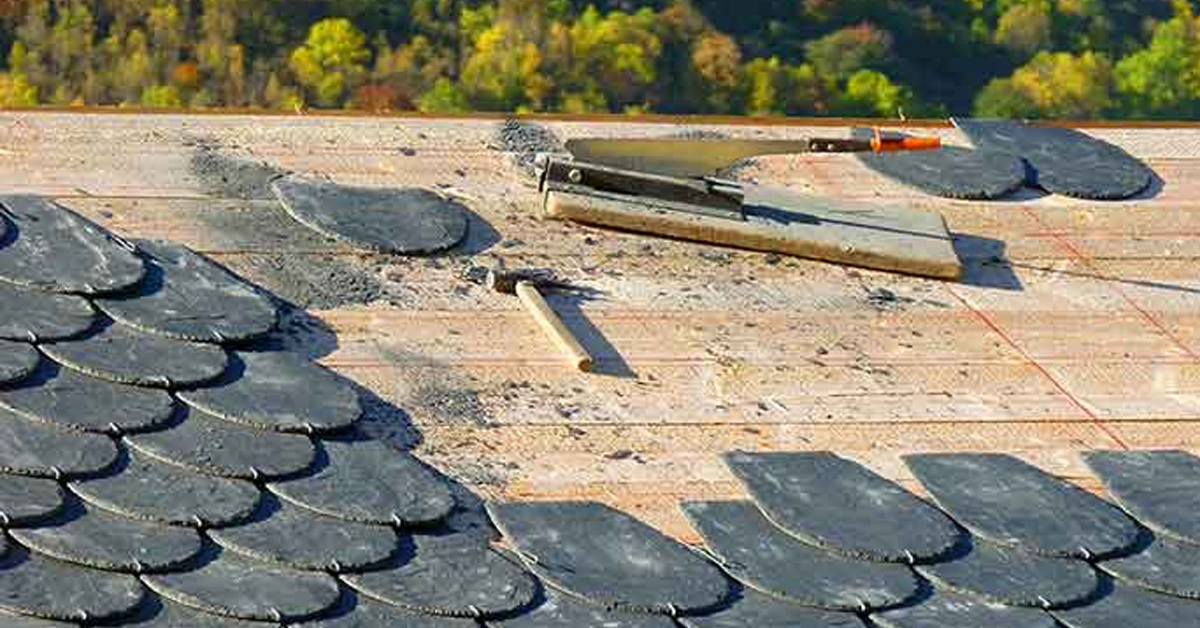
What makes slate roofs particularly special is their natural stone composition, which creates subtle variations in color and texture. These unique characteristics give each roof its own distinct personality, enhancing the charm of historic homes.
Maintaining slate roofs not only protects the structural integrity of these homes but also preserves a vital connection to Tulsa’s oil boom legacy.
Cedar Roofing in Tulsa’s Historic Homes
Cedar roofing stands out as a natural option that brings character and charm to historic homes in Tulsa. Known for its textured appearance and ability to age gracefully, cedar is often chosen for restoration projects where authenticity and visual appeal are key. While historical records of its use in the region are limited, it remains a popular choice among homeowners who value its timeless qualities.
History of Cedar Roofs
Though detailed documentation on the history of cedar roofs in Tulsa is sparse, the material’s natural properties – like resistance to insects and decay – have made it a long-standing favorite. Its ability to develop a unique patina over time only adds to its appeal.
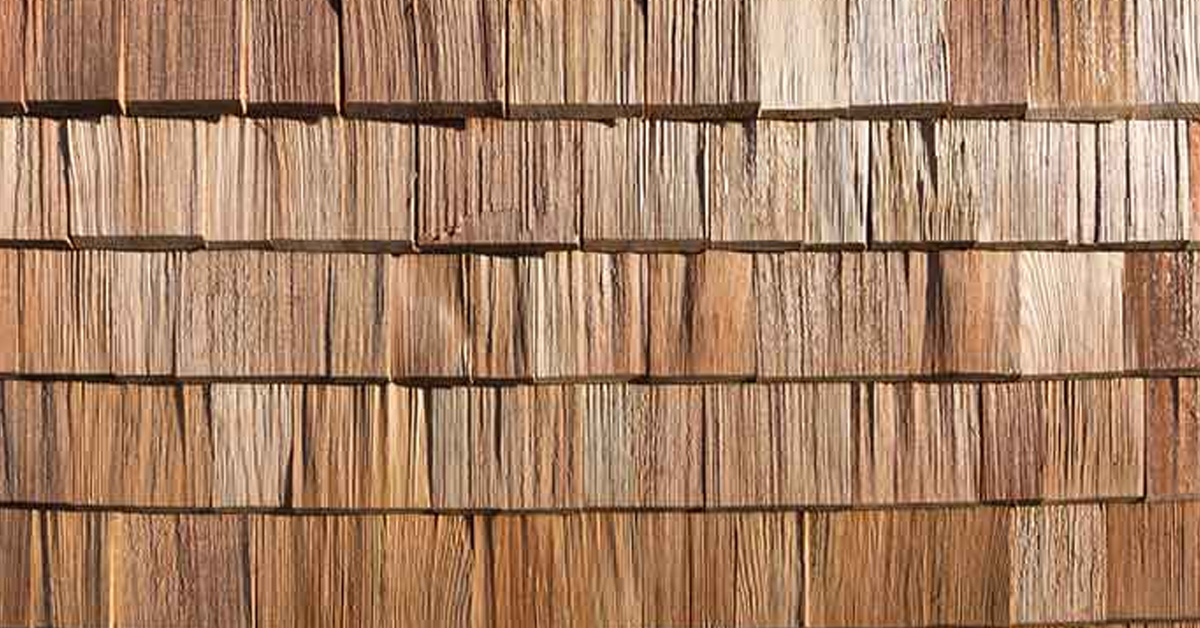
Benefits and Challenges
Cedar roofing offers several practical advantages. Its natural oils make it resistant to moisture, insects, and even sound, while also providing insulation. Additionally, cedar is considered an environmentally friendly material due to its renewable source.
However, Tulsa’s climate presents challenges. Cedar roofs require consistent upkeep to prevent moss and algae growth, as well as to address fire risks. Proper ventilation and drainage are critical to avoid premature deterioration.
Maintenance and Care Guidelines
Taking care of a cedar roof involves regular inspections and proactive upkeep. Here’s what you need to know:
- Inspection Frequency: Check the roof every six months and after severe weather. Look for loose or damaged shakes, moss, and debris that could lead to costly repairs if left unattended.
- Routine Cleaning: Clearing debris from the roof helps reduce moisture buildup and prevents decay. Professional cleaning every two to three years can protect the wood’s natural properties and inhibit biological growth.
- Ventilation Matters: Proper airflow is essential. Ridge and soffit vents can help keep moisture at bay, extending the life of the roof.
- Protective Treatments: Applying fire-retardant and preservative treatments can improve the roof’s durability. These treatments should typically be reapplied every five to seven years, depending on weather exposure and the specific products used.
- Repair Tips: When replacing damaged shakes, it’s crucial to match the grade and style of the original cedar. This ensures the roof maintains both its appearance and functionality.
sbb-itb-66ccccd
Comparing Tile, Slate, and Cedar Roofing Materials
When choosing roofing materials for homes in Tulsa, it’s essential to weigh the strengths and weaknesses of tile, slate, and cedar. While all three can complement a home’s architectural style, each comes with unique features that influence costs, maintenance, and long-term performance.
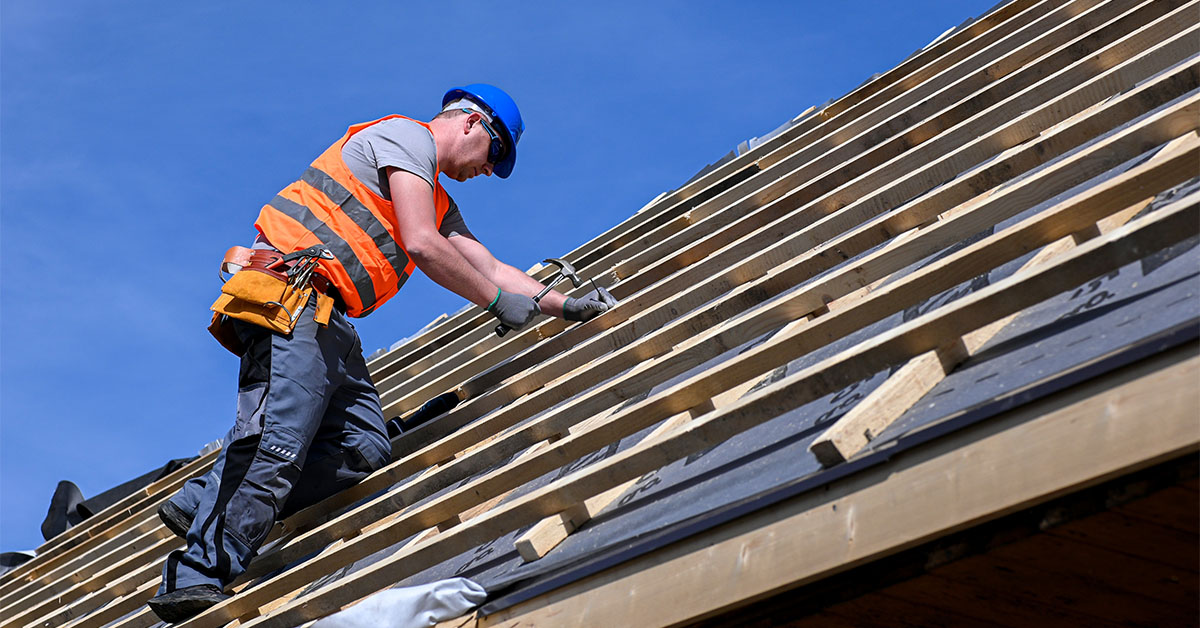
Pros and Cons
Tile roofing stands out for its durability and ability to withstand Tulsa’s unpredictable weather. It’s fire-resistant and requires minimal upkeep, making it a favorite for many homeowners. However, its significant weight can demand structural reinforcement, and replacing damaged tiles can be pricey.
Slate roofing is celebrated for its longevity and natural elegance, which can enhance property value. It resists fire, pests, and harsh weather, often lasting for decades with little to no maintenance. That said, it comes with a steep upfront cost, requires professional installation, and its heavy weight necessitates additional structural support.
Cedar roofing offers excellent natural insulation and develops a charming, weathered look over time. It’s lighter than tile or slate and provides effective sound dampening. However, it’s more vulnerable to fire unless treated, and Tulsa’s humid climate can lead to moss and algae growth. Regular maintenance is essential to prevent decay and prolong its lifespan.
Here’s a breakdown of their key attributes:
Comparison Table of Key Factors
| Factor | Tile | Slate | Cedar |
|---|---|---|---|
| Initial Cost | $8-15 per sq ft | $15-25 per sq ft | $6-12 per sq ft |
| Lifespan | 50-100 years | 75-150 years | 25-40 years |
| Weight | 600-900 lbs/square | 800-1,200 lbs/square | 200-350 lbs/square |
| Maintenance | Low | Very low | High |
| Fire Resistance | Excellent | Excellent | Poor (requires treatment) |
| Weather Performance | Excellent | Excellent | Good with proper care |
| Structural Support | Required | Required | Minimal |
| Repair Difficulty | Moderate | High | Easy |
| Energy Efficiency | Good | Good | Excellent |
| Tulsa Climate Suitability | Excellent | Excellent | Good with maintenance |
While cedar may have a lower upfront cost, its high maintenance needs and shorter lifespan can lead to higher expenses over time. On the other hand, slate’s hefty initial price tag is often offset by its durability and minimal upkeep.
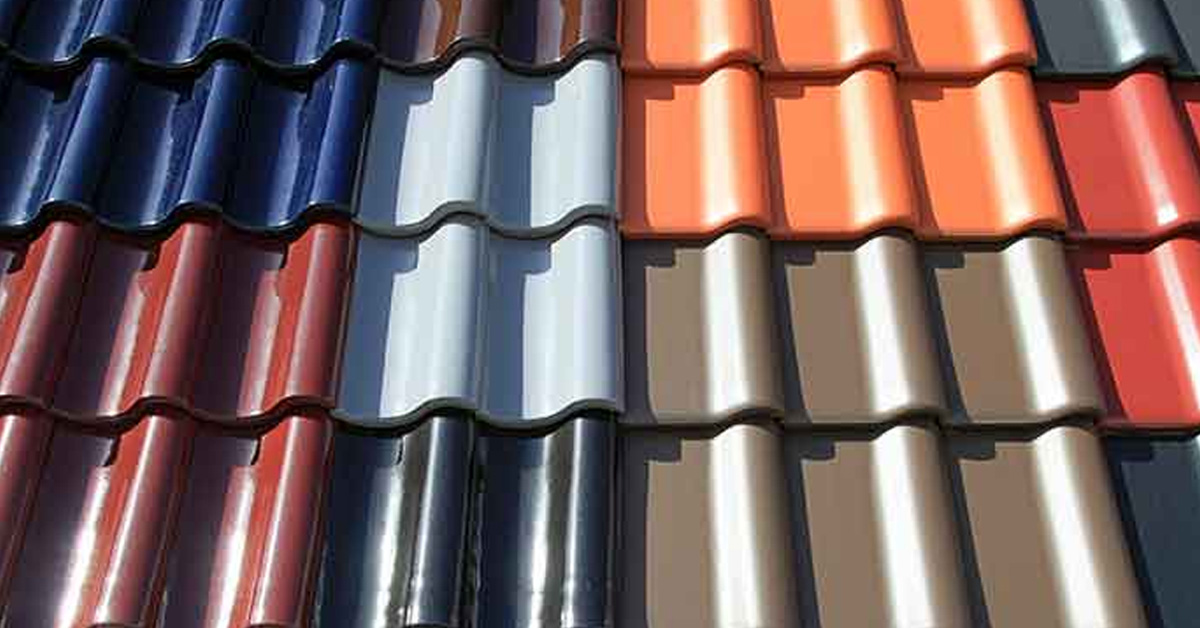
The weight of the materials also plays a crucial role in installation costs. Both tile and slate typically require structural reinforcement, which can be a significant expense. Cedar, being much lighter, is a practical choice for homes where structural modifications aren’t an option.
When it comes to Tulsa’s climate, tile and slate excel in handling the region’s temperature swings, hail, and strong winds. Cedar, although adequate, demands consistent care to combat moisture-related problems, especially during the humid summer months in Oklahoma.
Selecting and Maintaining Historic Roofing Materials
Choosing the right roofing material for a historic home in Tulsa involves balancing cost, style, and structural requirements. The decision impacts not only the look of your home but also its durability and structural integrity over time.
How to Choose the Right Material
The roofing material you choose should align with the architectural style of your historic home. For example:
- Georgian and Colonial homes often featured slate roofs.
- Craftsman-style homes typically used cedar shingles.
- Mediterranean designs favored tile roofing.
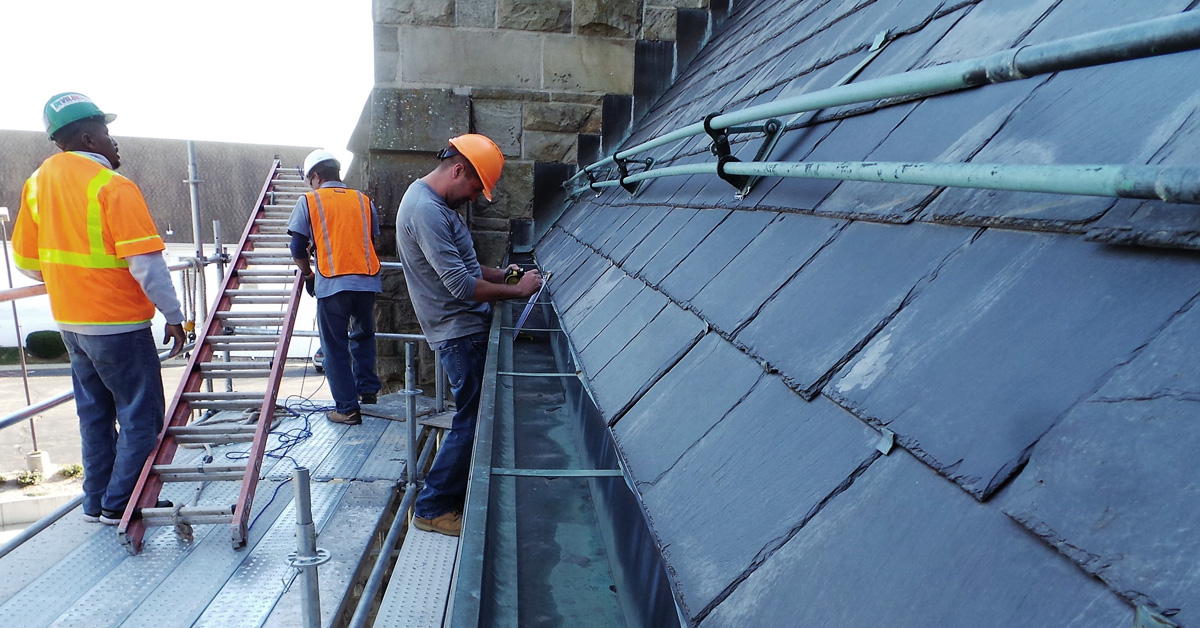
Budget is another critical factor. While some materials may have higher upfront costs, they could offer savings in the long run through reduced maintenance or extended durability. Keep in mind that heavier materials, like slate or tile, may require a structural assessment to ensure your roof can handle the weight. Consulting a structural engineer is a smart step before making a final decision.
Tulsa’s climate is another consideration. While slate, tile, and cedar are durable, materials like cedar may need extra care in the area’s humid conditions to avoid moisture-related problems. By selecting authentic materials and planning for their upkeep, you can preserve your home’s historic charm and ensure its roof stands the test of time.
Care and Maintenance Strategies
Proper maintenance is key to extending the life of your roof. Here are some strategies for keeping it in top shape:
- Biannual Inspections: Schedule professional inspections twice a year to catch potential issues early.
- Regular Cleaning: Prevent debris buildup and moisture retention by cleaning your roof periodically.
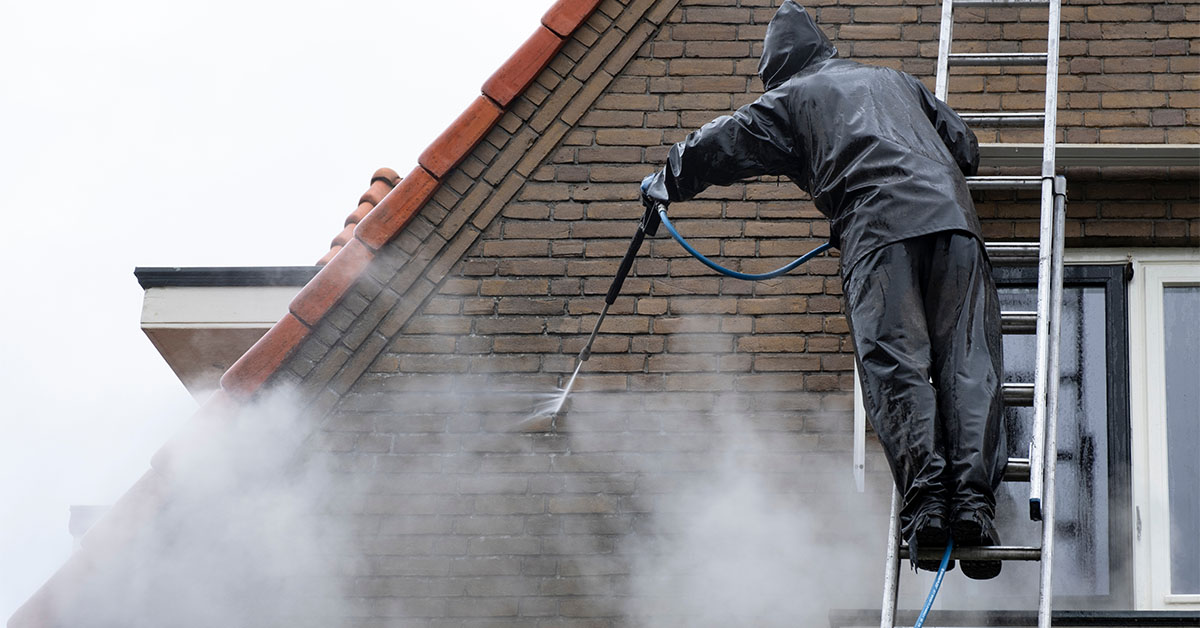
Each material has unique care requirements:
- Tile Roofs: After severe weather, check for cracked or displaced tiles. Since walking on tile can cause damage, inspect it visually from the ground when possible.
- Slate Roofs: These require minimal upkeep but should be checked for slippage or missing pieces, especially around chimneys and roof penetrations.
- Cedar Roofs: These need more frequent attention. Treat the roof regularly to prevent moss and algae growth, and clean and inspect it often. Applying sealants to cedar or repointing mortar joints in tile and slate roofs can significantly extend their lifespan.
Keeping a detailed record of maintenance work, complete with photos and receipts, is not only helpful for warranties but also for insurance claims. A proactive approach to care ensures your historic roof stays in excellent condition.
Pro-Tech Roofing Services
Pro-Tech Roofing specializes in restoring and maintaining slate, tile, and cedar roofing systems in Tulsa’s historic neighborhoods. Their team offers free roof inspections and has extensive experience working with historic materials, ensuring that restoration projects maintain your home’s architectural integrity while meeting modern performance standards.
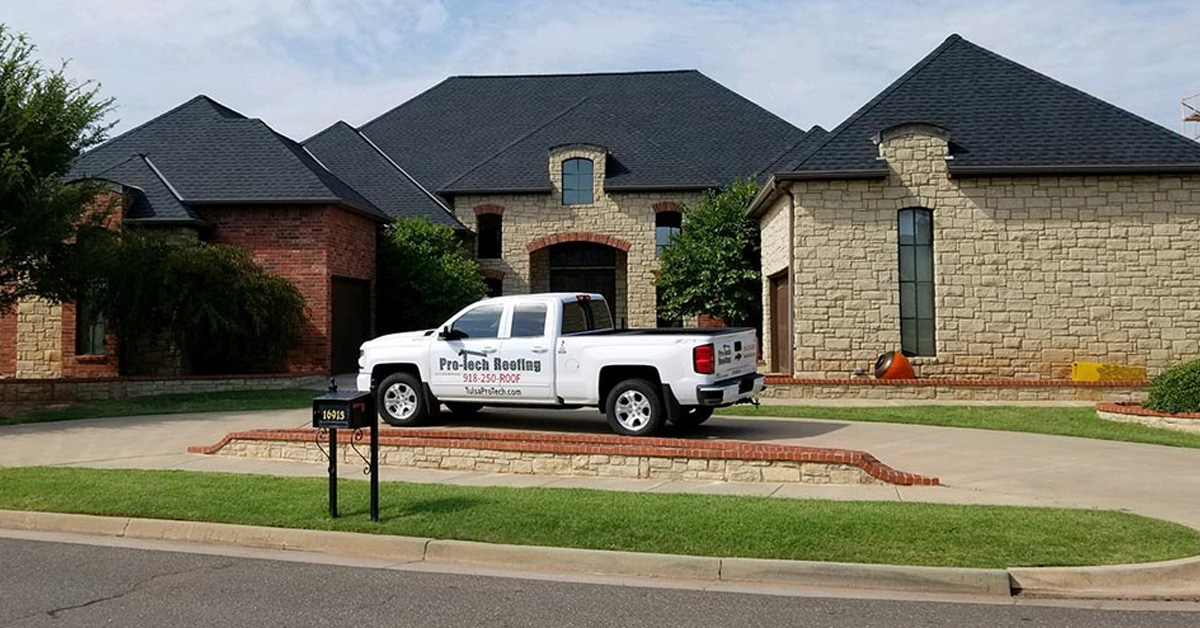
Their licensed and insured technicians are skilled in addressing the unique challenges of historic roofs, from recommending tailored maintenance plans to assisting with insurance claims. This expertise simplifies the process of documenting damage and navigating claims, saving you time and effort.
With a deep understanding of Tulsa’s historic districts and preservation requirements, Pro-Tech Roofing helps homeowners maintain their properties’ historic designations. Their services not only protect your home but also contribute to preserving Tulsa’s architectural heritage.
Conclusion: Preserving Tulsa’s Historic Homes
The roofing you choose plays a key role in maintaining your home’s architectural charm and property value while honoring Tulsa’s rich heritage. Materials like tile, slate, and cedar are more than just roofing options – they’re a connection to the craftsmanship and design traditions of the past. Using these materials not only respects history but also ensures thoughtful and lasting restoration.
For historic homes, selecting the right materials and ensuring professional installation are crucial. Take slate roofs, for example: when installed and maintained correctly, they can last up to 100 years. While the initial investment may be higher, their longevity makes them a practical choice in the long run.
Preserving original roofing materials is about more than just aesthetics – it’s about safeguarding community heritage. In neighborhoods like Brady Heights and Maple Ridge, keeping authentic roofing intact helps maintain historic designations and reinforces the distinctive architectural identity of these areas.
Regular inspections, ideally twice a year, can catch problems early and protect your roof from Tulsa’s unpredictable weather. While many roofs last 25–50 years, a well-maintained slate roof can far exceed that, reaching up to a century of use.
FAQs
What should I consider when choosing tile, slate, or cedar roofing for my historic home in Tulsa?
When choosing between tile, slate, or cedar roofing for your historic Tulsa home, it’s essential to weigh durability, weight, and how well the material fits the home’s historical character. Slate stands out for its incredible durability – it can last over a century and handles weather exceptionally well. However, its weight might mean your home needs extra structural support. Tile is another solid choice, offering a timeless appearance and impressive longevity. On the downside, it’s heavy and can be prone to cracking if not installed carefully. Cedar shakes, on the other hand, bring a cozy, traditional charm and can last more than 50 years with proper upkeep. That said, they’re not as weather-resistant as slate or tile.
Don’t forget to factor in Tulsa’s climate, your home’s architectural style, and the long-term costs of maintenance. Matching your roofing material to your home’s structural strength and historical design will ensure the restoration is both functional and true to its character.
How does Tulsa’s climate impact the durability and maintenance of cedar, tile, and slate roofs on historic homes?
Tulsa’s hot, humid summers can be tough on cedar roofs. The combination of high moisture levels and intense UV exposure speeds up wear and tear, often leading to issues like warping, cracking, or even mold. This means cedar roofs in Tulsa typically need more frequent maintenance compared to sturdier options like tile or slate.
Tile and slate roofs, however, are better equipped to handle moisture and sun exposure, making them a more durable choice for Tulsa’s climate. That said, they aren’t completely immune to the elements. Strong winds and occasional hailstorms, common in the area, can cause cracks or damage, particularly in older installations. While cedar roofs require regular care due to the weather, tile and slate roofs mainly need inspections and repairs after severe storms to keep them in good shape.
Which roofing materials work best for different architectural styles in Tulsa’s historic neighborhoods?
In Tulsa’s historic neighborhoods, the choice of roofing materials often reflects the architectural style of the homes. For instance, Craftsman, Bungalow, and Prairie School houses typically have low-pitched roofs and emphasize natural materials. This makes cedar and slate excellent options, as they not only enhance the traditional aesthetic but also maintain the timeless appeal of these designs.
Meanwhile, Victorian and Queen Anne homes, known for their steep-pitched roofs and ornate details, pair well with durable materials like tile or slate. These materials not only complement the intricate designs but also add to the historic character of these styles. Likewise, Art Deco homes, with their bold geometric patterns, often look best with tile or slate roofing, which aligns with their striking architectural features. Selecting the right roofing material not only preserves the unique charm of these historic homes but also ensures they remain durable and true to their original design.
